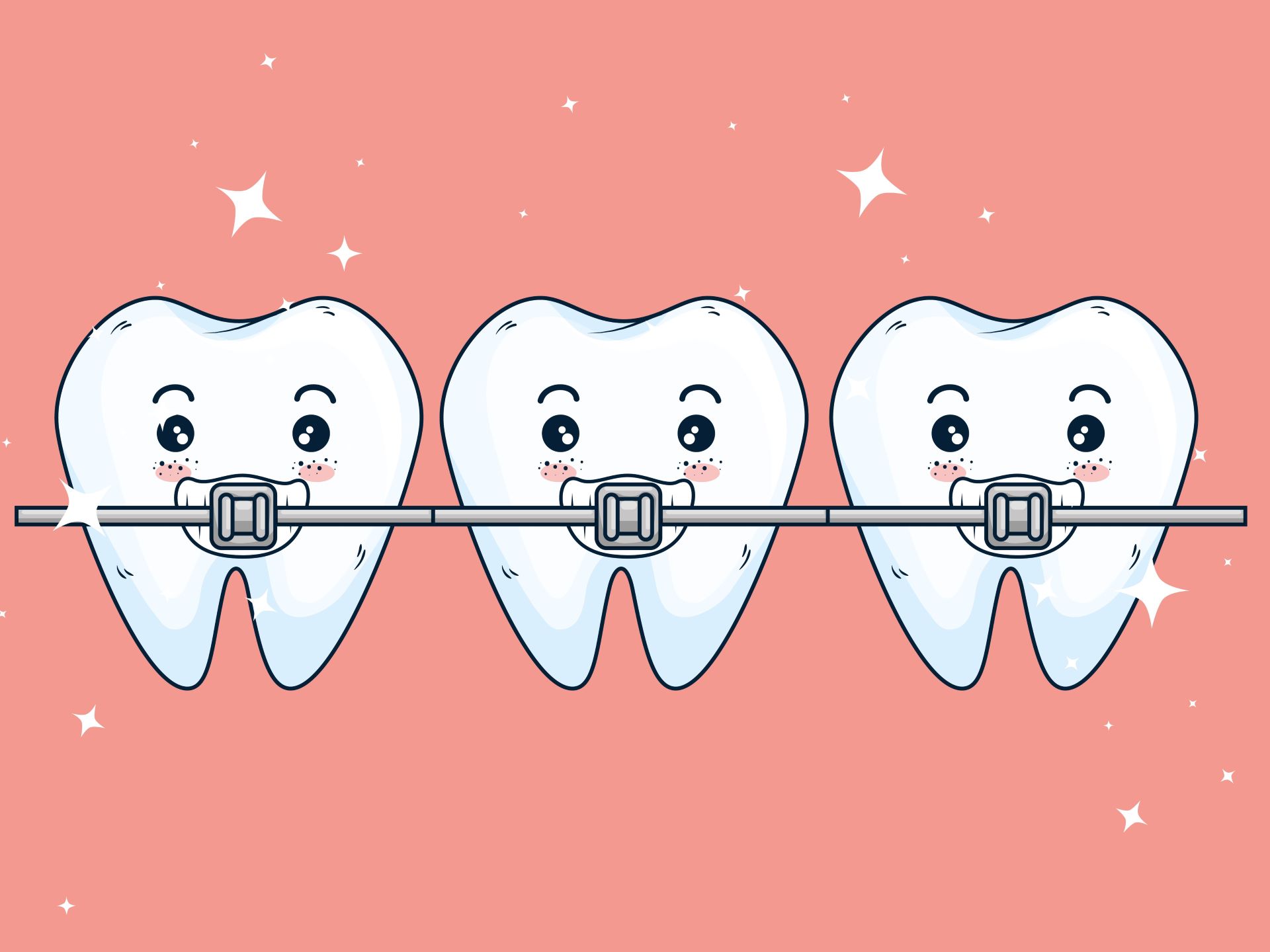The Lamen
Do you need rubber bands on your braces?

Rubber bands on braces aren’t just meant to add some color to the metal wires. They can speed up your treatment and correct severe misalignments when used correctly.
Photo: studiogstock on Freepik
Many people who have worn or plan to get braces might have also worn different rubber bands over them. But are they actually any useful?
Orthodontic rubber bands are worn between the upper and lower teeth to increase the force applied. They are positioned according to the dental correction required.
They might be used for a variety of corrections:
- Overbite: Upper teeth overlapping lower teeth.
- Underbite: Lower teeth going past upper teeth.
- Crossbite: Upper and lower teeth don’t align when biting down or closing your mouth.
- Open bite: A gap between upper and lower teeth when the jaw is closed.
- Midline shift: Centers of the upper and lower teeth are misaligned.
Rubber bands attach to your brackets using small metal hooks and are periodically adjusted by the orthodontist.
Who might need them?
Orthodontic rubber bands are typically used when there is a major misalignment in your teeth, or to correct issues such as an overbite or an underbite. Therefore, not everyone needs them.
The length of time that you would have to wear orthodontic rubber bands depends on your treatment plan. In most cases, they are worn for a few hours each day. These details are specified by your orthodontist as treatment progresses.
In general, people have to wear orthodontic rubber bands for a few weeks to a few months.
You should also take certain steps to ensure proper maintenance of your orthodontic rubber bands. This includes:
- Handling them with care to avoid wear and tear.
- Cleaning the rubber bands regularly to remove any stuck food or debris.
- Checking the orthodontic rubber bands regularly for signs of damage.
- Carrying replacement rubber bands with you at all times.
In some cases, your orthodontist may recommend readjusting your braces or an alternative treatment.
Side effects of rubber bands on braces
- Pain and discomfort due to the additional pressure on your jaw.
- Drooling due to stimulation of salivary glands from the increased pressure.
- Allergy due to latex.
- Inflammation, itching, or swelling of the gums.
- Frequent breakage of rubber bands.
The side effects typically go away when your braces are removed. If you continue to experience them, consult your orthodontist.
Types of orthodontic rubber bands
Based on the force applied:
- Light force elastics for minor adjustments
- Medium force elastics for larger adjustments
- Heavy force elastics for serious misalignments
Based on application:
- Class I elastics
- Class II elastics
- Class III elastics
- Vertical elastics
- Front cross elastics
- Intraoral elastics
Based on material:
- Latex elastics made of rubber are strong, durable, and inexpensive. However, an estimated 7.2 percent of patients may have latex allergy.
- Synthetic elastics made from silicone are less durable than latex but suitable for people with allergies. However, they may degrade quickly compared to latex elastics.
Based on size:
- 1/8“
- 3/16”
- 1/4”
- 5/16”
- 3/8”
Some brands may also indicate the size of rubber bands by characteristic colors, while others are available only in clear options.
Alternatives
A headgear is commonly used for children whose jaw bones are still developing.
- It is worn with wires attached to metal bands fitted around your molars.
- A headgear applies force from the outside, which can also restructure facial bones.
Power chains are made of a series of tiny ligatures connected in a chain-like fashion. They connect to the brackets, forming a continuous band that runs across your teeth. They are typically used for:
- closing gaps and spaces between teeth
- aligning crooked teeth
- fixing malocclusions or “bad bites”
Lip bumpers are used when upper front teeth are protruding or the upper jaw is too narrow.
- It is a thin, U-shaped wire typically coated in acrylic or rubber to protect the inside of your lip.
- On either end of the lip bumper, two small molar bands go around your two molars, one on each side. These bands hold the lip bumper in place.
- Lip bumpers move the molars further back to allow for more space for the front teeth.
A palatal expander works by slowly expanding the roof of your mouth. This widens your upper jaw to align crowded teeth.
Other alternatives include:
- Invisalign (clear braces)
- Temporary anchorage devices (TADs) or mini-implants
- Fixed lingual mandibular growth modification (FLMGL)
The best treatment depends upon your budget, the time of treatment allowed, and how your orthodontist plans to treat your condition.